Quarts to gallons—these essential units of liquid measure play a vital role in everyday tasks. Gallons, the larger of the two, handle big jobs like filling car fuel tanks or measuring paint for home projects.
Think of large quantities, such as buying 4 gallons of milk for a family bake-off. Meanwhile, quarts, being smaller, are perfect for more precise measurements, like cooking or smaller-scale liquid storage. Together, quarts and gallons make measuring liquids efficient and practical for both large and small needs.
Quarts, their nimble companions, navigate the smaller stuff, from measuring out pancake batter to filling a hummingbird feeder. They act as the bridge between gallons and the finer units like cups and ounces.
Together, gallons and quarts ensure accuracy and clarity when dealing with liquids, from everyday cooking to complex industrial processes. Without these units, our world would be a messy soup of guesswork and spills! This blog will explore the
- Fundamentals of Quarts to Gallons
- Why does the US use gallons instead of liters?
- Conclusion
- FAQs
- 1) What is the fundamental idea behind a gallon, and how does it relate to quarts?
- 2) How many quarts are in 2 gallons?
- 3) Explain the basic multiplication technique for converting gallons to quarts with an example.
- 4) Where does the term "quart" originate, and how does it reflect its relation to gallons?
Fundamentals of Quarts to Gallons
Before diving into the conversion from gallons to quarts, let’s first understand what these units mean.
Imagine if everyone used different-sized spoons to measure ingredients total chaos, right? That’s why standardized units like gallons and quarts exist to make measurements consistent.

A gallon is often too large for small tasks like cooking or making tea. That’s where a quart comes in it’s one-fourth of a gallon, making it a more practical unit for everyday use.
1. Gallons
A gallon is a unit of volume commonly used in the United States for measuring liquids like milk, water, or gasoline. It is a larger unit, symbolized as "gal." It is used to measure the amount of liquid in containers such as bottles, cans, and tanks.
For example, when you buy milk from a grocery store, it is usually sold in a gallon or half-gallon container.
Another example is when you fill up your car’s gas tank, the amount of fuel you purchase is measured in gallons.
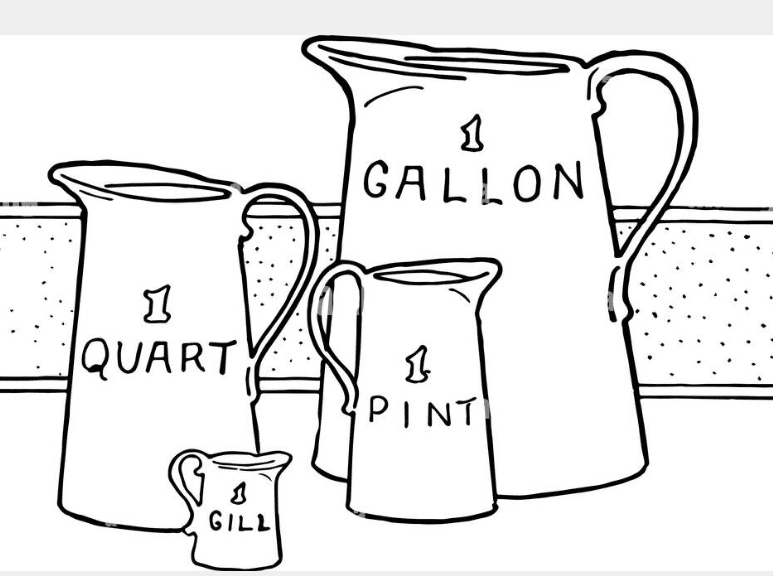
Why does the US use gallons instead of liters?
The United States uses gallons as a unit of volume because it follows the U.S. customary system of measurement, which evolved from the old English system. This system includes familiar units like inches, feet, pounds, and gallons.
In contrast, most other countries use the metric system, a decimal-based measurement system built on the International System of Units (SI). In this system, liters are the standard unit for measuring liquid volume.
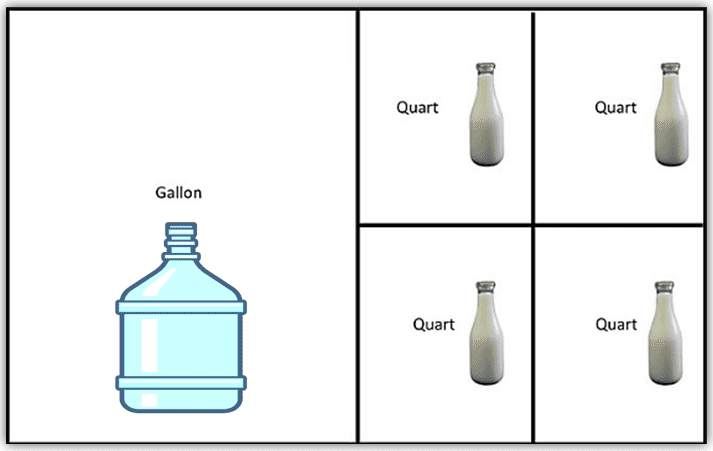
1. Quarts
Quarts are also units of volume, and they are smaller than gallons. One gallon is equivalent to four quarts. The symbol for quarts is "qt " and it is equal to ¼ of a gallon or 0.946 liters.
This unit of measurement is very common in day-to-day life such as, when you buy motor oil for your car, it is often sold in quart-sized bottles.
Another example is when you buy a soft drink from a vending machine, the amount of liquid you receive is measured in ounces, which can be converted to quarts or gallons.

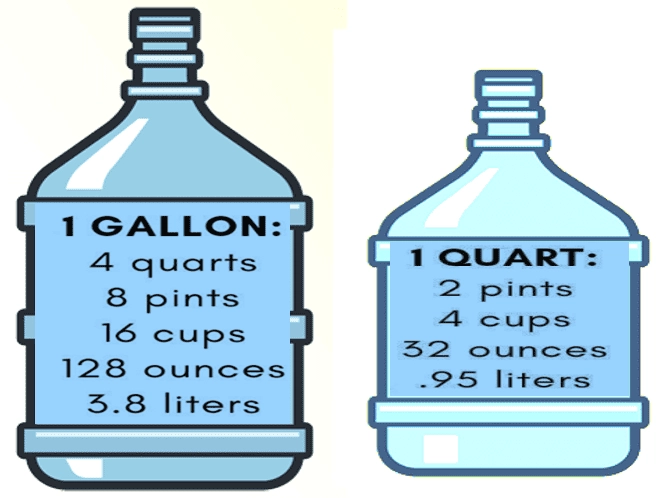
To start, a gallon is equivalent to 4 quarts. This handy equivalence makes converting between the two pretty straightforward. Think of a gallon as the big container—it takes 4 smaller quart-sized containers to fill up a gallon.
For perspective, a standard bathtub holds around 30 to 50 gallons of water. That’s a whole lot of quarts! So, to picture a gallon, think "four full quart mugs," and voila! The conversion mystery unravels.
Fun- Fact
An average bathtub holds about 35 gallons when full. To envision that volume in quarts, multiply gallons by 4 quarts per gallon to get 140 quarts needed to fill up a tub. That’s a whole lot of quarts! This demonstrates why gallons are more practical for such large-scale liquid measurements.
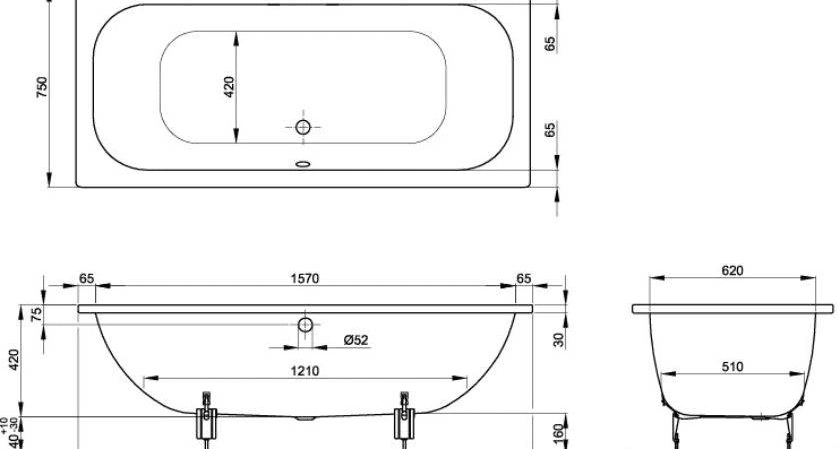
2. How Many Quarts in a Gallon?
There are a few easy ways to convert between quarts and gallons. Now, let's discuss how to convert gallons to quarts using a few simple techniques:
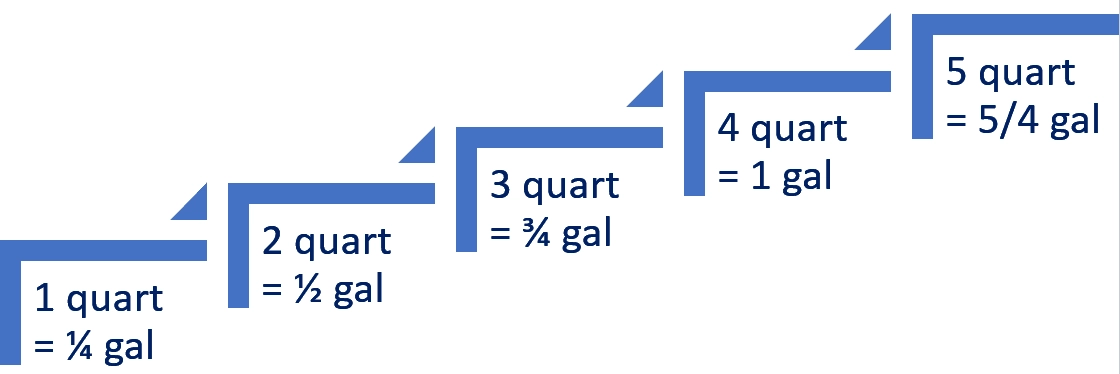
3. Basic Multiplication
The conversion factor from gallons to quarts is 4, as there are 4 quarts in 1 gallon. So, to convert gallons to quarts, you multiply the number of gallons by 4.
(Remember how a quart is one-fourth of a gallon? So, to convert gallons to quarts, just multiply the number of gallons by 4.)
Quarts = Gallons × 4
For Example
2 gallons x 4 quarts = 8 quarts
4. Division
Alternatively, you can use division to convert gallons to quarts. Divide the number of gallons by the conversion factor of 4. Think of a gallon as a whole cake and a quart as a quarter slice. To find out how many quart slices are in a certain number of gallons, multiply the gallons by 4/1 (which is the same as 4).

For Example
3 gallons x 4/1 quarts/gallon = 12 quarts
5. The unit - cancelling conundrum
This method sounds fancy, but it's actually quite straightforward. Just write the conversion factor (4 quarts/gallon) like a fraction and multiply it by the number of gallons.
The gallon units will magically cancel out, leaving you with just quarts!
For Example
5 gallons x (4 quarts/1 gallon) = 20 quarts
If you have 12 quarts of leftover paint, but you need to store it in gallons, divide 12 by 4, and you get 3 gallons – enough to paint your entire house!
6. Handy Equivalences
Here are some quart/gallon equivalences that are handy for memorization:
2 quarts = 1/2 gallon
4 quarts = 1 gallon
8 quarts = 2 gallons
16 quarts = 4 gallons
Unit | Abbreviation | US Gallons | Liters | Milliliters |
Gallon (US) | gal | 1 | 3.785 | 3785 |
Gallon (Imperial) | imp gal | 1.201 | 4.546 | 4546 |
Quart (US) | qt | 0.25 | 0.946 | 946 |
Quart (imperial) | imp qt | 0.3 | 1.137 | 1137 |
7. Real-World Examples
Let's apply these techniques to some real-world examples:
If you have 3 gallons of water, how many quarts is that?
Quarts = 3 gallons × 4 = 12 quarts
You have 10 gallons of paint. How many quarts is that?

Quarts = 10 gallons ÷ 4 = 2.5 quarts
Fun- Fact
A small backyard above-ground swimming pool is approximately 10 feet wide by 24 feet long by 4 feet deep. It holds about 6,000 gallons when filled completely. Converting to quarts, simply multiply by 4 quarts per gallon to get 24,000 quarts to fill the pool—now that’s a big number of quarts!
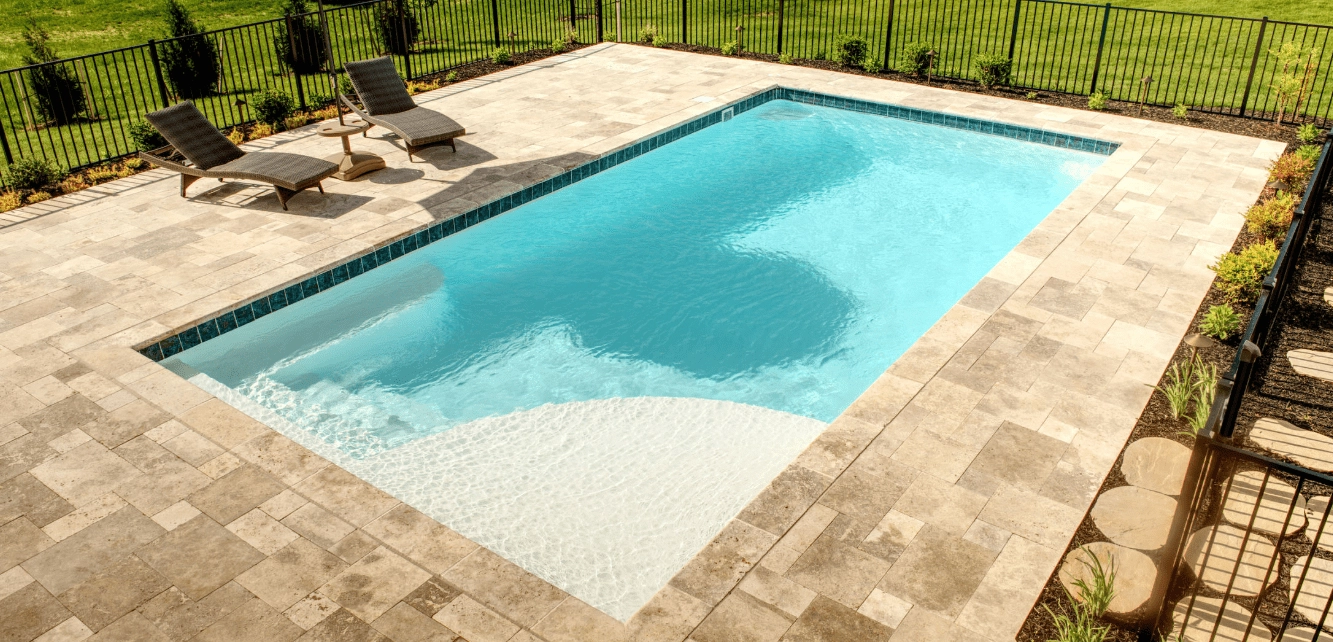
Do you Know?
The word "gallon" comes from the Old French word "gallon," which means "large container."
Gallons originated from the Roman unit Amphora which contained roughly 6.67 US liquid gallons. Different sizes were eventually standardized under Queen Anne in 1707 for the wine (Queen Anne wine) gallon and ale gallon.
In the US Customary System, a gallon refers to the liquid measure gallon, about 231 cubic inches in volume. This is distinct from the less commonly used US dry gallon, which is 1/8 smaller.
The gallon has historical roots, with different countries historically defining it in various ways. The United States adopted the wine gallon, which is different from the British imperial gallon.
A US gallon is slightly different from a UK gallon. The US gallon is about 16% larger!
The word "quart" comes from the Old French word "quarte," meaning a quarter. This reflects its relation to being one-fourth of a gallon.
While the quart is derived from the gallon, its exact volume has varied over time, from 101 oz to 67.81 oz for the US liquid quart we use today.
In the US, there are two types of quarts: dry quarts and liquid quarts. A dry quart is slightly larger than a liquid quart.
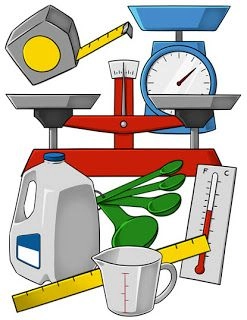

Conclusion
Understanding measurements like gallons and quarts is not only practical but fascinating. This conversion is just a matter of choosing the right technique and having a little fun with numbers.
So, whenever you encounter gallons and quarts, you'll have the knowledge to navigate these measurements effortlessly.
Learn more about exclusive mathematics classes and how to calculate the gallons-to-quarts with our convenient calculator.
FAQs
1) What is the fundamental idea behind a gallon, and how does it relate to quarts?
A gallon is a unit of volume used in the U.S. to measure liquids like water or gasoline. It is larger than a quart. One gallon is equivalent to four quarts.
2) How many quarts are in 2 gallons?
Since 1 gallon equals 4 quarts, 2 gallons equals 2 x 4 quarts which is 8 quarts.
3) Explain the basic multiplication technique for converting gallons to quarts with an example.
To convert gallons to quarts using basic multiplication, multiply the number of gallons by 4. For example, if you have 3 gallons of water, the conversion is:
3 gallons × 4 =12 quarts
4) Where does the term "quart" originate, and how does it reflect its relation to gallons?
The term "quart" comes from the Old French word "quarte," meaning a quarter. This reflects its relation to being one-fourth of a gallon, emphasizing the historical and linguistic origins of the measurement.


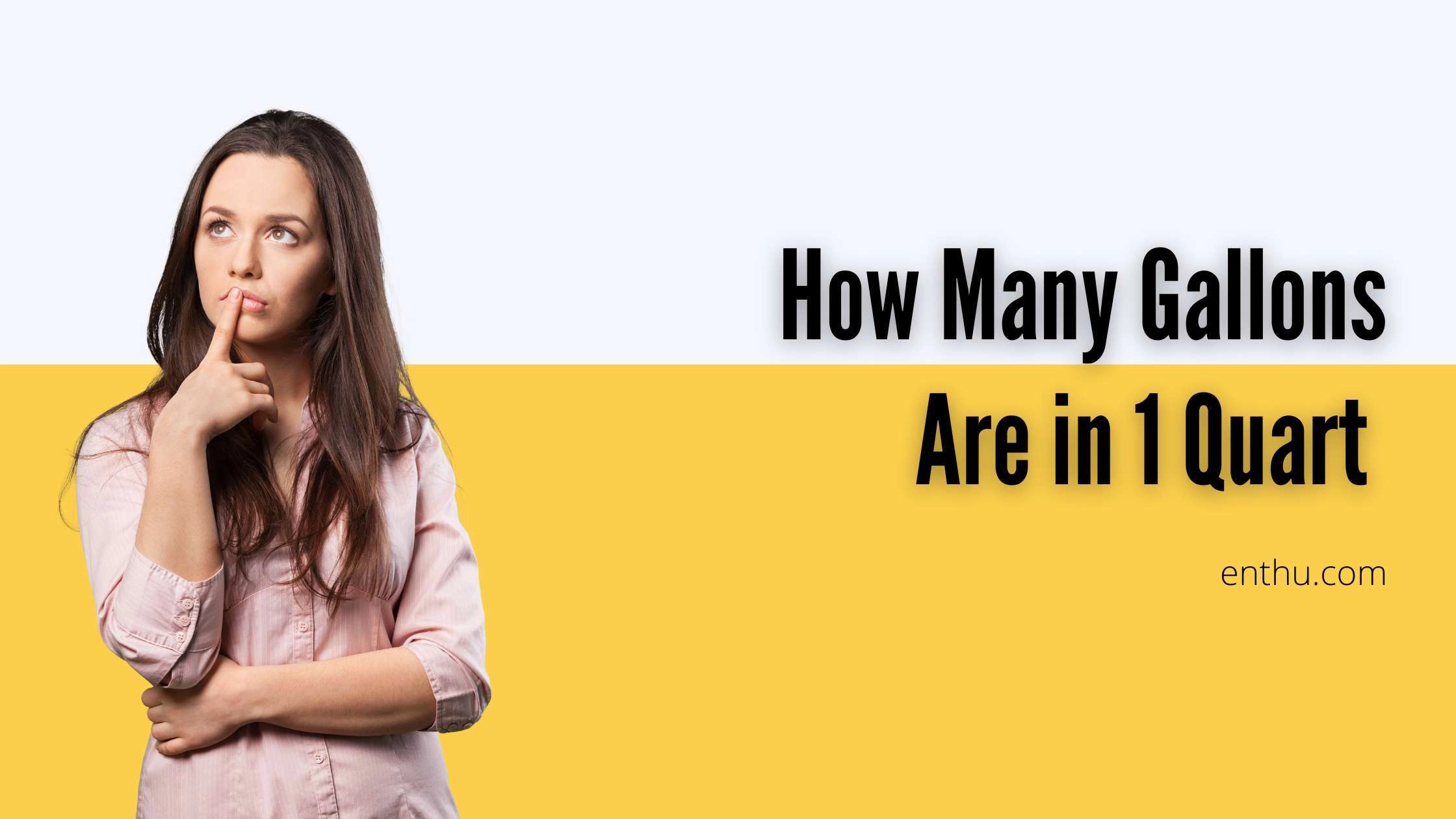

.png)
.png)
Comments